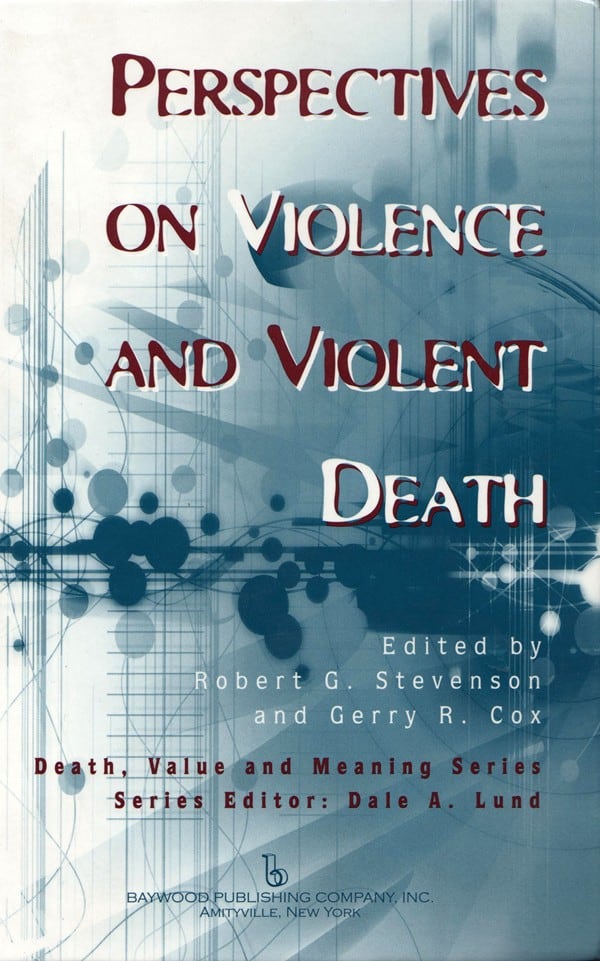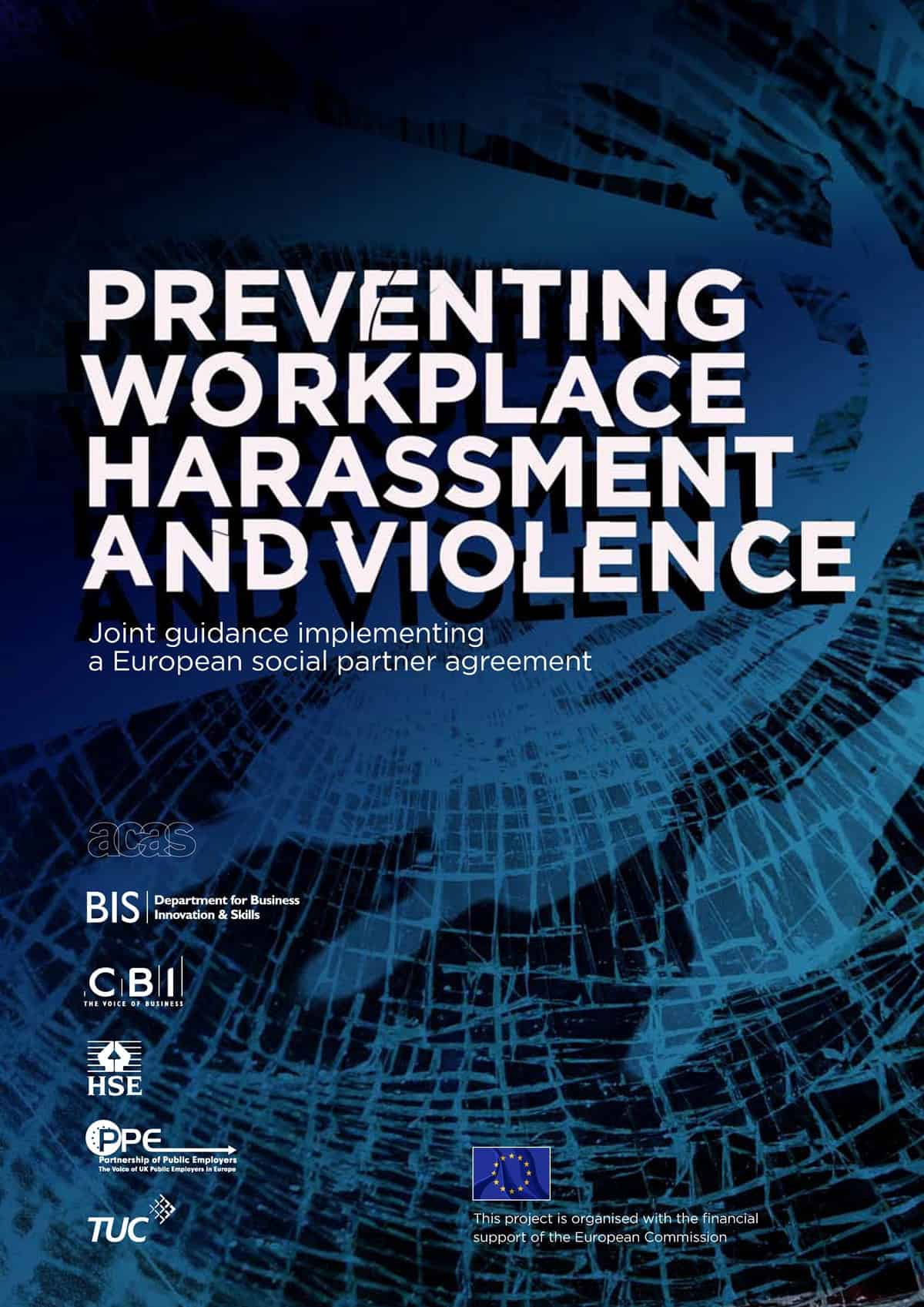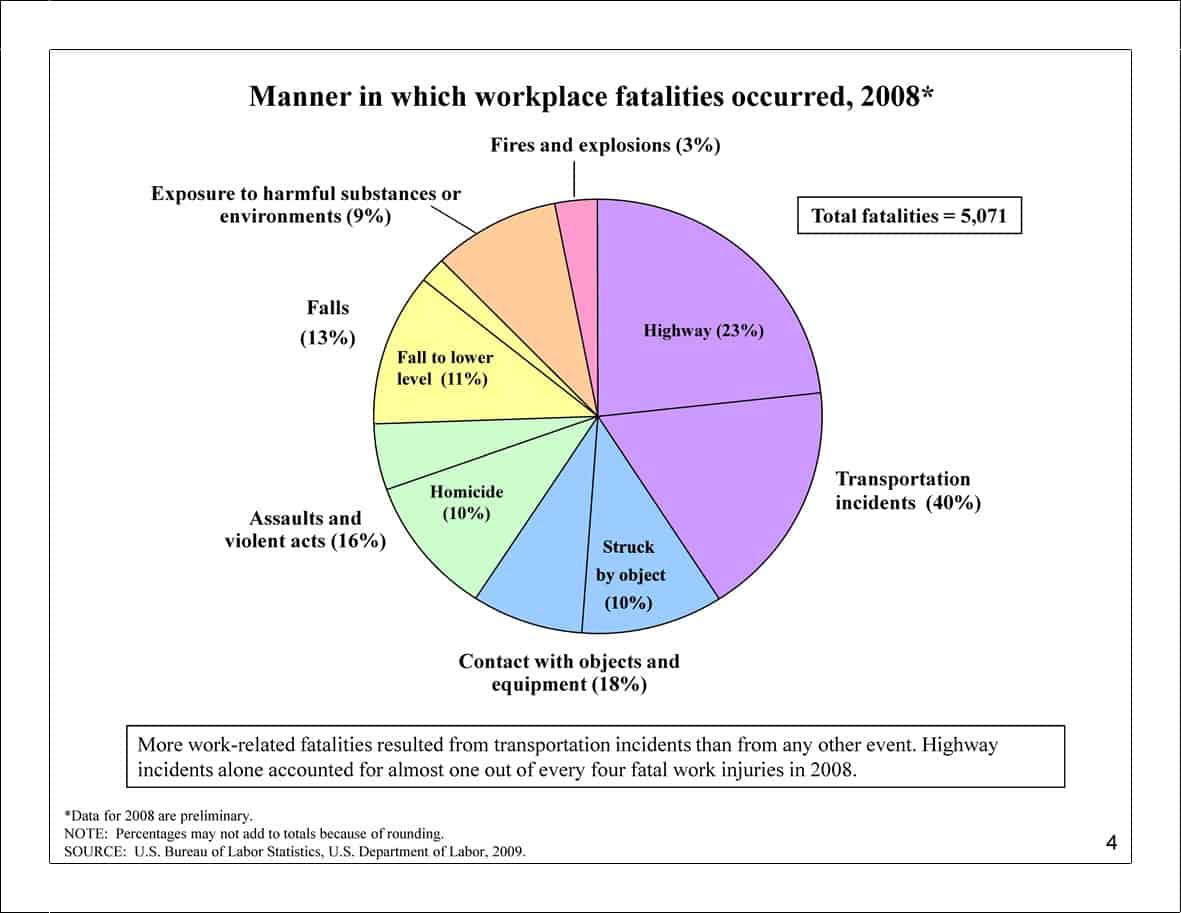Recently the Victorian Premier, John Brumby reshuffled his Cabinet and created a new portfolio the “Respect Agenda”. The Minister with responsibility for the portfolio is ex-footballer Justin Madden. Very little has been revealed about the agenda, which has been launched after a major international kerfuffle over serious racist attacks against Indian students. It is likely to be relevant that 2010 is an election year for Victoria.
It is useful to consider these political pledges in the light of the workplace-related suicide of Brodie Panlock in 2006. Continue reading ““Respect Agenda” – seriously?”





 Kathleen’s career may have progressed (as probably has her tan) but the hazards and control solutions that we discussed in 2001, sadly remain relevant. I have reproduced some of the interview I conducted with Kathleen in those early days when no-lift policies were radical and patient-handling equipment was expensive and rare.
Kathleen’s career may have progressed (as probably has her tan) but the hazards and control solutions that we discussed in 2001, sadly remain relevant. I have reproduced some of the interview I conducted with Kathleen in those early days when no-lift policies were radical and patient-handling equipment was expensive and rare.
